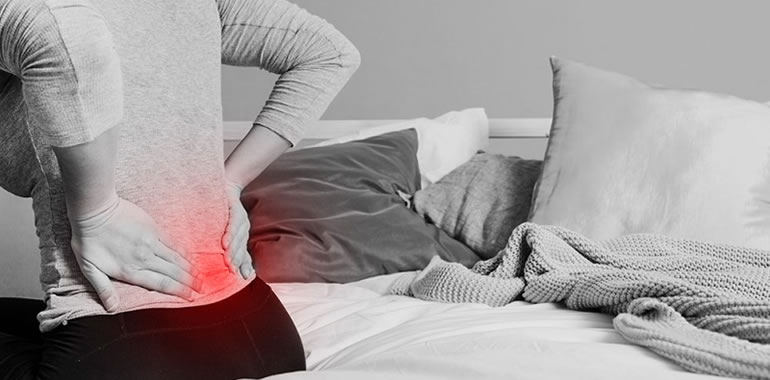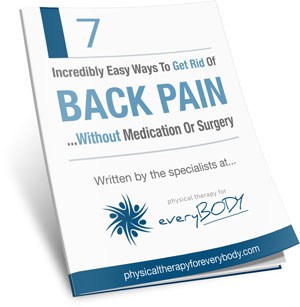
There are few things in life as painful as a herniated disc. But it’s not just the pain that is difficult to deal with – it’s also the fear. What is going on in my spine and am I going to live? That may sound extreme but herniated discs are extreme. They can cause extreme fear, extreme panic, extreme frustration, and extreme pain.
The first time I herniated my disc was in college. I was in Air Force ROTC (don’t ask, long story) and we were doing physical training. All of a sudden, I felt a ball of glass explode in my lower right spine. Okay, I know that a ball of glass didn’t explode in my spine but that is absolutely what it felt like.
Of course, training must go on so I got up and went for a 3 mile run. Each step caused a mini explosion of the glass shards in my right spine. And I was one of the lucky ones. My pain never touched my sciatic nerve and went down into my leg.
For many people, the disc herniates and then it irritates the nerves in the area. The nerves are located close to the spine and right next to the disc. When the disc herniates, the material inside the disc leaves the fibers of the disc and is hanging out right next to the disc. This can cause increased pressure on the nerve which responds by sending pain down into your leg.
What are your initial steps when you have a herniated disc?
- Breathe – Easy for me to say when the glass shards aren’t flying around my spine, right? I know. But it’s really important to breathe slow and steady. Holding your breath increases the pressure on your spine which is not what you want right now. I now it is incredibly painful right now but I promise it’s going to get better.
- Grab an ice pack and your favorite chair, floor, or bed. You need to rest for the first 24-48 hours. Find a comfortable position (as comfortable as possible) and an ice pack. You might want to grab some magazines or the remote control. You are going to be there for a day or two.
- Small movements matter. During the first 24-48 hours it is important to keep the area moving in small PAIN FREE ways. This can mean trying to stand up straight while you walk to and from the bathroom. Rolling your shoulders to get some movement in your upper spine. Sitting and rotating your spine from side to side. Don’t go crazy right now but keep those small movements.
- Get help. Once you can walk to and from the bathroom pain free you are ready to get some help. A Physical Therapist will help you get back to moving pain free. Yes, you will get back to all those activities you loved doing before.
Yes, the pain will go away.
Yes, we can help you figure out your path on this journey of healing. Please fill out this simple form and we can get you started healing and back to living life on your terms.




